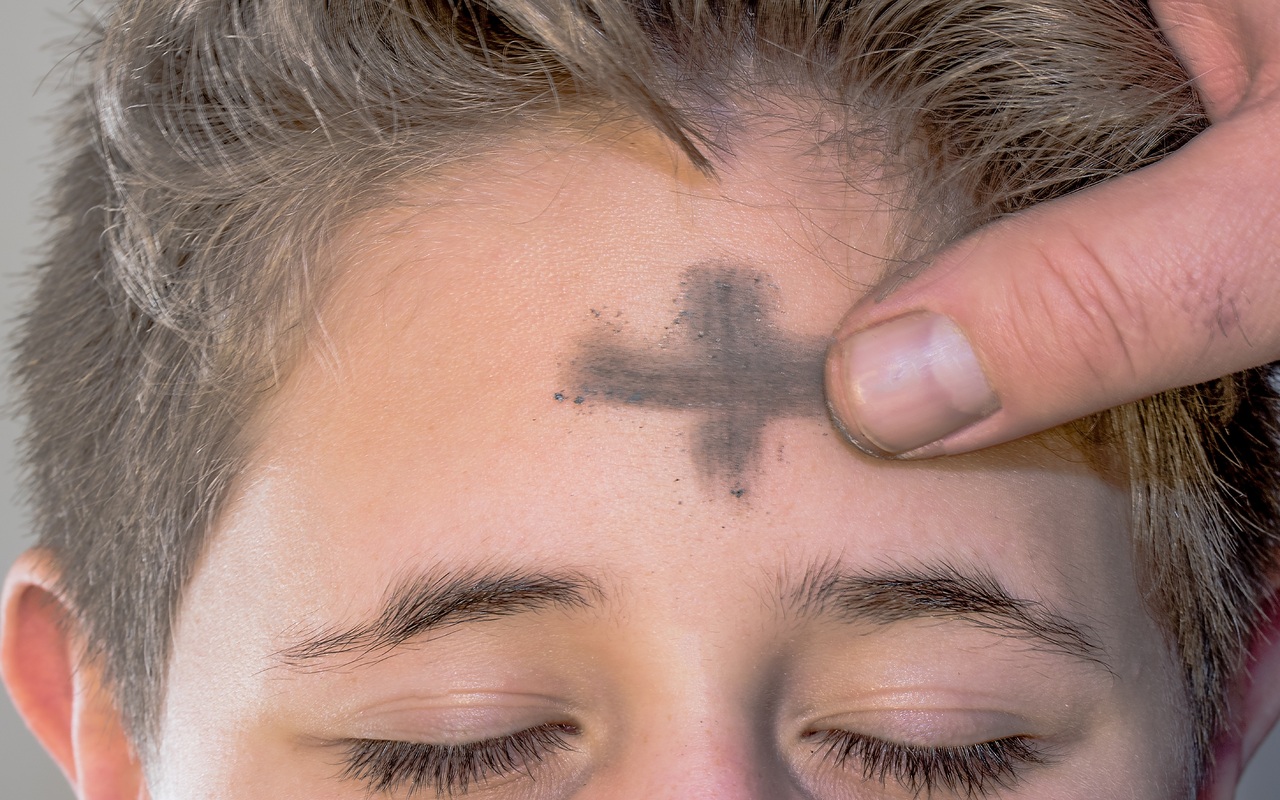The Blot of Greening
A ritual sacrifice and feast celebrated especially by Ostians in Vantage Territory.
The Blot1 of Greening is a blend of Ostian memories of ancestral gods and the traditions of the local worshipers of the Farune gods. Ostians are decendants of a lost Viking expeditionary fleet, intending to establish a colony in Greenland. Modern Ostian communities still retain stories of their ancestrial gods. Their worship rituals and sacrifices still echo the bloody and transactional nature of Norse pagen religion. This blot is considered essential to protect the harvest of the land and the health of their children.
Lathander and Freyr are recognized as Father of the Harvest, the ever potent seed.
Chaundea and Freya are honored as The Earthmother who makes the fields fertile, and the orchards and vinyards prosper.
Eldath Mistress of the Waters has been added to this tradition more recently (about 500 years ago). She is honered as the guardian of the many creeks and springs used to irrigate the crops. Without her blessing, very little will grow in this semi-arid region.
The Bolt is celebrated in communities all over Vantage territory, usually at a local Grangehall. It begins at dawn, with the people arriving before the sun crests the horizon. They have not broken their fast, and many little children are still sleeping in their parents arms.
The first ritual of the Blot of Greening recognizes the cost of harvesting and the people's indebtedness to the land. Farmers bring the tools they will use during the coming planting, growing , and harvet. Pruning shears, scyths, rakes, shovels, and even plows, are carefully piled over a great bronze basin. A male representitive from each family steps forward to offer a blood sacrifice to the priestesses and priest representing the three gods. The combined blood is then sprinkled over the farm tools. The priestess of Eldath brings holy water and rinses the blood from the tools, catching the now bloody holy water in the bronze basin. Each farm recieves a portion of this water; later it will be sprinkled over all the fields, orchards and vineyards.
The second ritual emphasizes the cycle of sowing, reaping, and sowing again. A female representitve of each family presents a small bag of grain, grapevines, and/or fruit tree twigs to the priestesses. The priestess cut a lock of hair from each woman, burning it in a sacred bazier. Again, each farm reicieves a portion of the ashes, to be sprinkled on the cultivated land. These offerings were saved from the last offerings of the previous harvest. (it is considered especially auspicious if fruit still clings to the grapevines or tree twigs) The offerings are later sown in a sacred field by the grangehall, or planted/grafted to the grapevines and select fruit trees in the grangehall grove/vineyard.
The final ritual involves all the children of community. Priest and Priestesses joyfull invite all the children to bring their offerings. Every one of the children, from the littlest toddler to the awkward unblooded youth, approach the alter bearing gifts of wildflowers and early blooming branches. As each child offers their gift, the blooms are added to a great straw wheel. The Priestesses bless each child; sprinkling the child with the holy greenblot water, and marking his/her forehead with ash from the holy brazier.
As the last child is blessed the whole grange gives voice to a great cheer of celebration. And then the real fun begins.
The afternoon of this high holy day is celebrated by feasting and athletic games.
In earlier times, this feast was more cerimonial than plentiful, as early spring was often a hungry time for farming communities. Today with the increased trade and innovations in food storage, the Greenblot tables groan with an abundance of food, most traditional, but some quite exotic. Typical offerings include eggs ,spring lamb, butter, and young soft cheeses prepared with fresh herbs, sweet and savory pastries, breads of all description, and vegetable cassaroles. Since the sudden appearance and growth of the caravan trade, new foods from the south have made their appearance at the feast. Tender new potatoes glistening with butter like purple jewels. Mangos and chillies contribute a sweet/hot sauce for the lamb. Mashed avacado vies with butter to grace the feaster's bread, or is served with a fried egg and a sprinkel of salt.
In between visits to the feasttable everyone participates in the many games honoring
Lathander in particular. Games like "tug-of-war," "Loki-in-the-middle," and "duck, duck, wyvern" are popular with all age groups and generally gather a large crowd of cheering, jeering, or just chewing spectators. Youth compete in things like greased pole climbing, foot races, and obsticle course races. Men and women square off in friendly quarterstaff bouts, or show off their skill in axe throwing competitions.
Later in the day, near sundown, the elders gather scattered circles of people around small bonfires and tell the old tales of Freya and Chauntea, Freyr and Lathander, and Eldath, beloved water spirit of Odin.
Just before full dark, the people make their way back to their homes. Sleeping little ones carried by parents or older siblings. Youth calling goodbye to friends over and over, each on trying to get in the last "bye!"




Comments